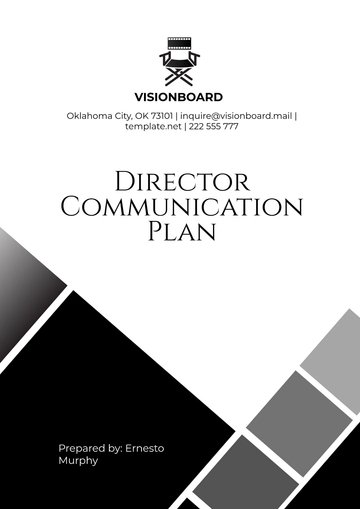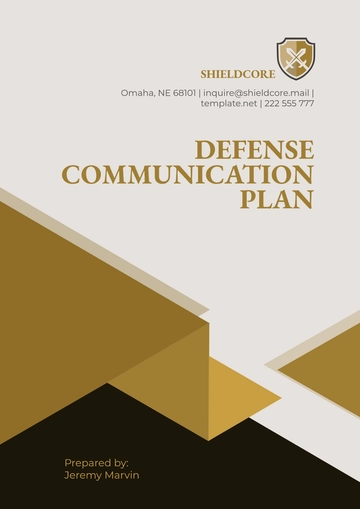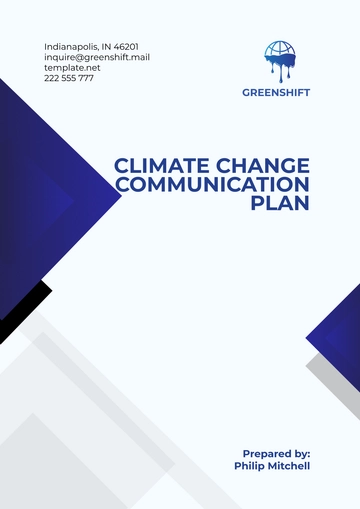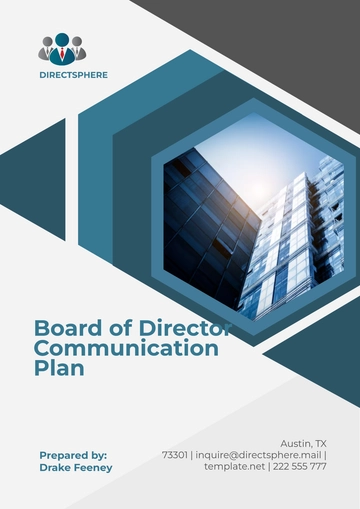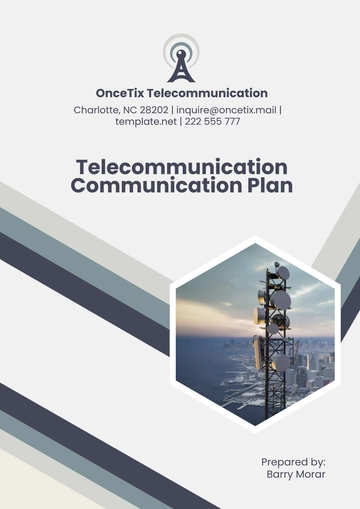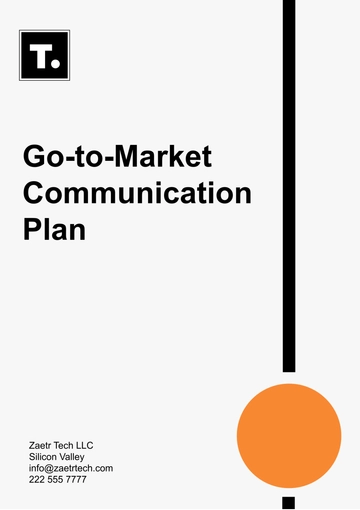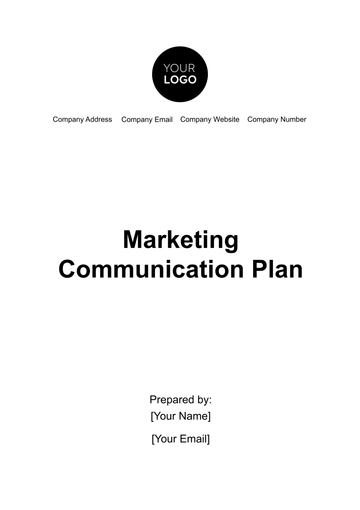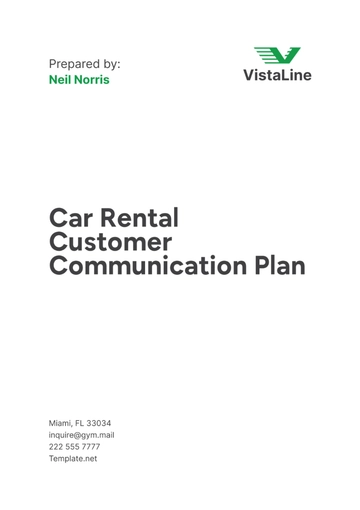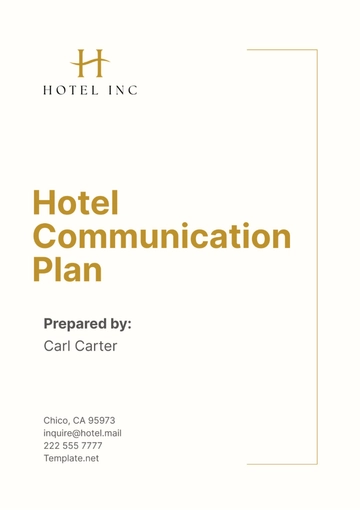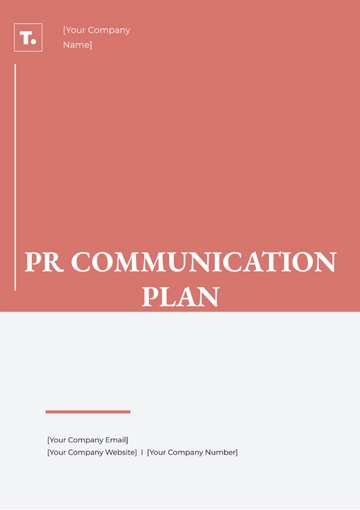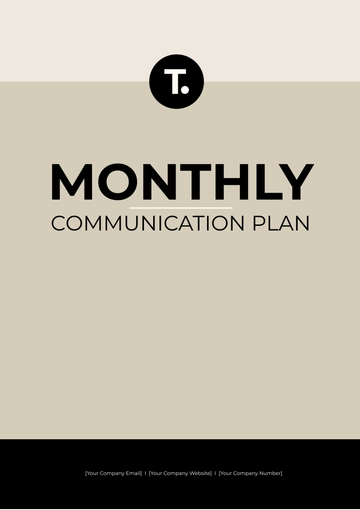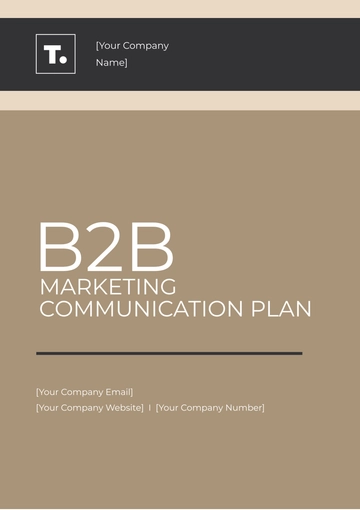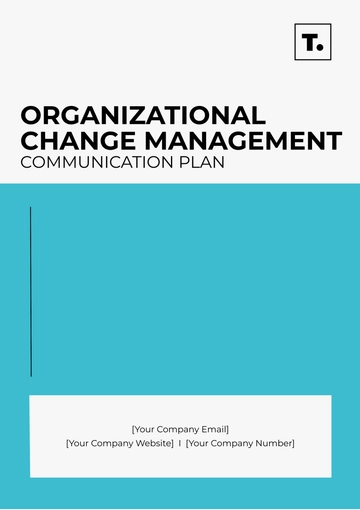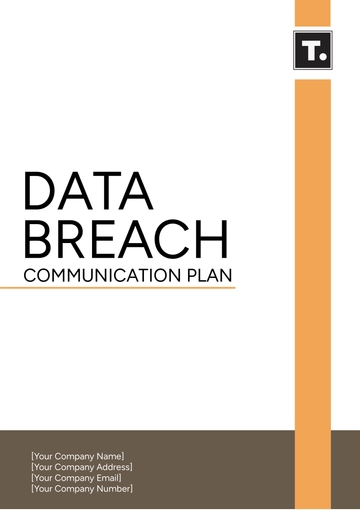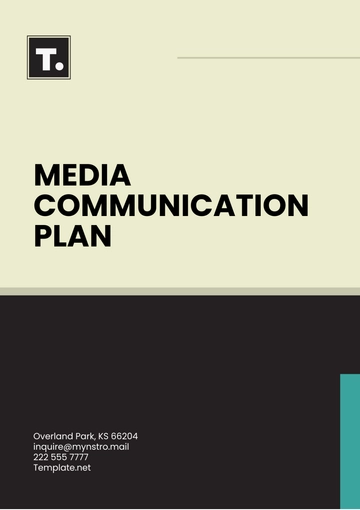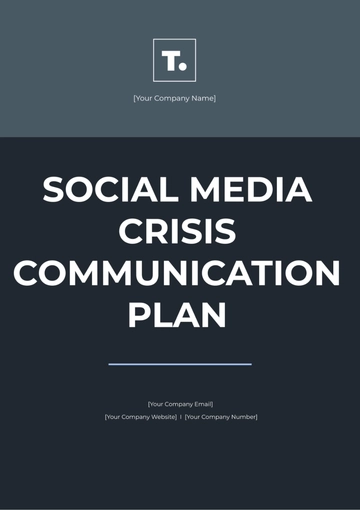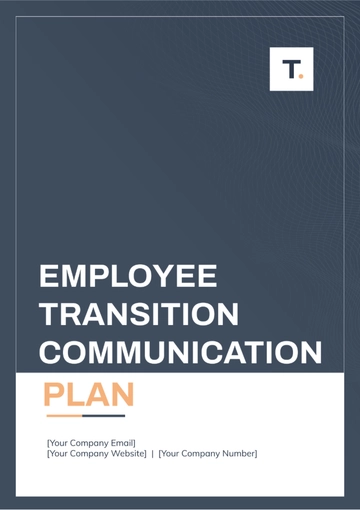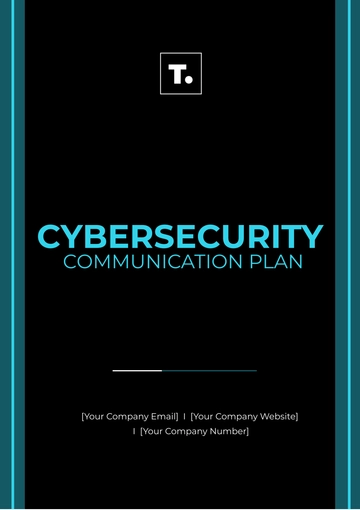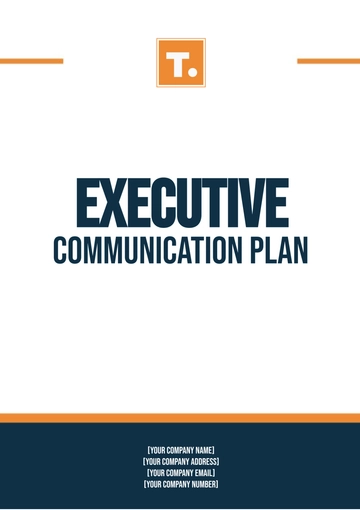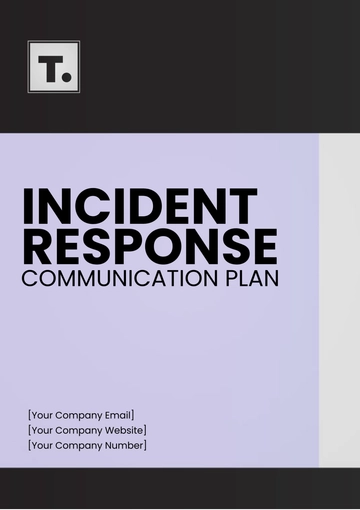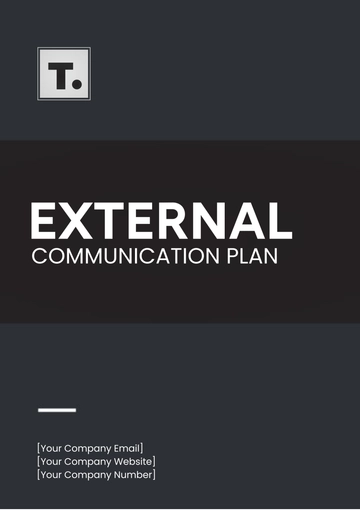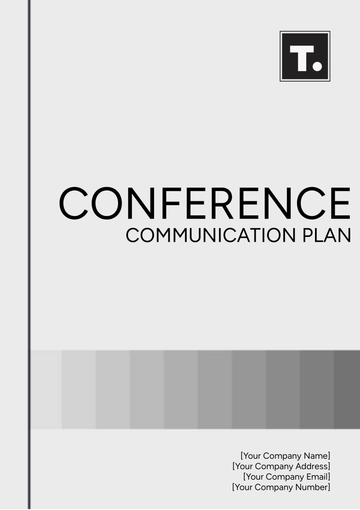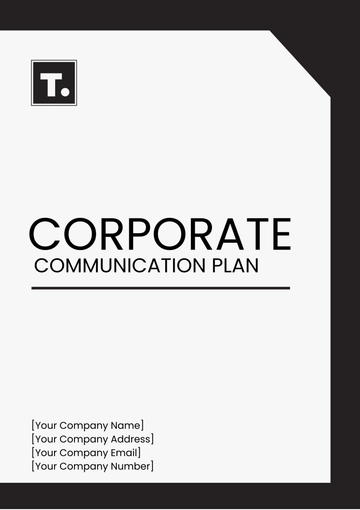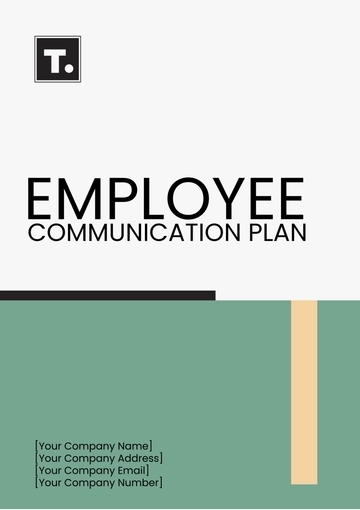Free Executive Communication Plan

Written by: [Your Name]
I. Introduction
A. Purpose
The purpose of this Executive Communication Plan is to establish a structured approach for effectively communicating with key stakeholders, including executives, managers, and employees. This plan outlines the selected communication channels, timing, frequency, roles, and feedback mechanisms to ensure clear and consistent messaging.
B. Objectives
Enhance transparency and trust within the organization.
Ensure alignment with company goals and strategies.
Facilitate timely and accurate dissemination of information.
Encourage feedback and continuous improvement in communication practices.
II. Communication Channels
A. Channel Selection
Choose appropriate communication channels based on the audience and the type of message being conveyed.
Email: For formal, detailed, and documented communications.
Intranet: For company-wide announcements and resources.
Video Conferencing: For interactive discussions and meetings.
Social Media: For public relations and external communications.
Newsletters: For regular updates and highlights.
Face-to-Face Meetings: For sensitive or high-priority discussions.
III. Timing and Frequency
A. Communication Schedule
Establish a regular schedule to maintain consistency and reliability in communication.
Communication Type | Channel | Frequency | Responsible Party |
|---|---|---|---|
Executive Updates | Email, Video Conferencing | Monthly | [CEO/Executive Team] |
Company Newsletters | Email, Intranet | Bi-Monthly | [Communications Team] |
Department Meetings | Face-to-Face, Video Conferencing | Weekly | [Department Heads] |
Social Media Updates | Social Media | Daily | [Marketing Team] |
Performance Reports | Intranet, Email | Quarterly | [HR Department] |
Crisis Communication | Email, Video Conferencing, and intranet | As Needed | [Crisis Management Team] |
IV. Roles and Responsibilities
A. Key Roles
Define specific roles to ensure accountability and clarity in communication processes.
CEO/Executive Team: Provide overall strategic direction and key updates.
Communications Team: Manage internal and external communications, including newsletters and announcements.
Department Heads: Ensure departmental alignment with communication strategies and relay information to their teams.
HR Department: Communicate performance reports, policy changes, and employee-related news.
Marketing Team: Handle social media presence and public relations.
Crisis Management Team: Develop and disseminate crisis communications promptly.
V. Feedback Mechanisms
A. Methods for Gathering Feedback
Implement mechanisms to collect feedback and assess the effectiveness of communication efforts.
Surveys: Regularly distribute surveys to gather employee feedback on communication effectiveness.
Focus Groups: Conduct focus group sessions with representatives from various departments.
Suggestion Boxes: Provide anonymous suggestion boxes (physical or digital) for employees to share ideas and concerns.
Follow-Up Meetings: Schedule follow-up meetings to discuss feedback and potential improvements.
VI. Evaluation and Improvement
Continuous Improvement
Regularly review and update the communication plan to adapt to changing needs and ensure continuous improvement.
Annual Review: Conduct a comprehensive review of the communication plan annually.
Metrics and KPIs: Establish metrics and Key Performance Indicators (KPIs) to measure the success of communication efforts.
Feedback Analysis: Analyze feedback and implement necessary changes to enhance communication effectiveness.
By adhering to this Executive Communication Plan, [Your Company Name] will foster a culture of transparency, alignment, and continuous improvement in communication practices.
- 100% Customizable, free editor
- Access 1 Million+ Templates, photo’s & graphics
- Download or share as a template
- Click and replace photos, graphics, text, backgrounds
- Resize, crop, AI write & more
- Access advanced editor
Streamline leadership communication with Template.net's Executive Communication Plan Template. This editable and customizable resource offers a strategic framework for effective executive messaging. Seamlessly tailor and refine the plan using our Ai Editor Tool, ensuring it aligns with your organization's specific needs and goals. Enhance clarity and influence, exclusively with Template.net.
